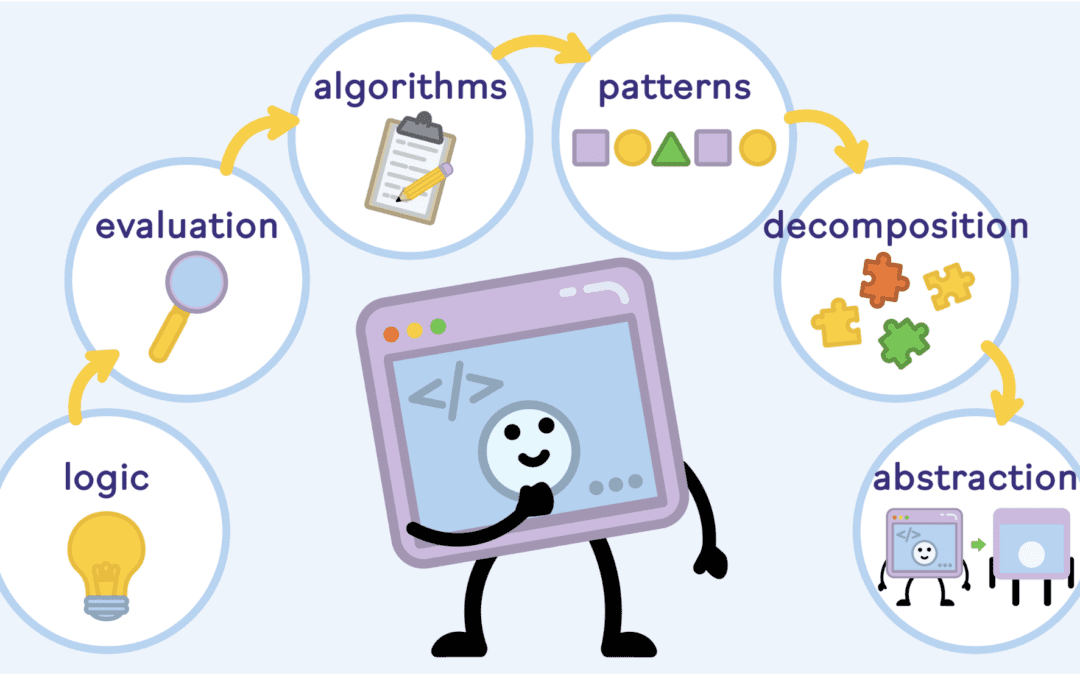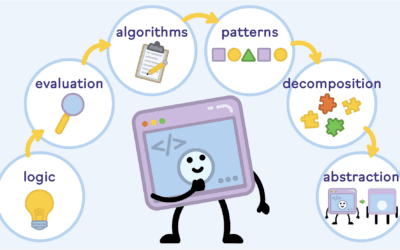
With so many of today’s jobs requiring strong technology skills, it’s no wonder why educators and parents alike want students to learn to code when they are young. Fortunately, there are plenty of code games and courses available that teachers can use regardless of their coding background.
Check out these five popular games that help students in upper elementary and middle school learn to code games.
1. Yeti Code
Yeti Code, the flagship learning resource from Yeti Academy, is a first-to-market multiplayer coding game and course your students will love. The opportunity to compete against peers even in a remote learning environment can help motivate students who may otherwise be less engaged in class or less enthusiastic about tech.
In addition to the multiplayer game environment, Yeti users have access to plenty of single-player games and levels. New coders begin with a palette of coding commands as they learn to think like a coder, then learn to type coding language from memory as they advance. The more efficient of a coder they become, the higher their score.
The Yeti team is planning to launch a free version of Yeti Academy with some code levels soon, although full access will only be available through a premium subscription. However, Yeti Academy also comes with a variety of engaging modules in other areas of STEM that you may wish to add to your curriculum. Yeti’s STEM modules come with extensive teacher resources such as lesson plans, tests, slide shows, and reporting features, making the curriculum truly all-inclusive.
2. Scratch
Scratch can be a good starting point for students in third grade and up. This free online community has its own programming language designed to introduce children to coding concepts and encourage creativity. With Scratch, kids can design a variety of animations and games that they can share with their friends.
A downside of Scratch is that it is difficult for teachers to monitor what their students are creating, especially given that there are rarely clear “answer keys” for what students try to create. Some users also complain that Scratch users can easily take something another user has created without direct permission by adding minimal changes in what is known as a “remix”, which has generated some controversy. In many cases, Scratch is better used as a resource for families rather than a curriculum component.
3. CodeMonkey
CodeMonkey has different coding-based courses for different grade levels, including a math and coding program for grades 2-4 and a game creation course for grades 6-8. The games include a combination of progressive programming challenges and fun graphics students will enjoy.
Some users critique CodeMonkey for only catering to average students. Struggling students may need extra help beyond the hints in the games, and advanced students sometimes find that challenges move too slowly. Nevertheless, these coding games can still be a good option for schools that can provide solid teacher support.
4. Code.org
Code.org is a nonprofit with several free coding course options that allow students to pass through levels as they progress. Students work at their own pace and have access to a variety of lessons, offline activities, and tutorials. Teachers can use a dashboard that allows them to assign activities and monitor progress.
However, there’s not as much freedom in Code.org courses for students to experiment or compete with each other. Some students, especially older ones, may get bored with this curriculum.
5. Codemoji
Codemoji is an emoji-based coding tool designed to demystify coding for students who use emojis in everyday communication. Each element of syntax has a corresponding emoji in the game. The lessons are sequential and focus on HTML, CSS, and JavaScript rather than syntax or typing.
Some reviewers note that Codemoji’s teacher dashboard can be buggy and the available design elements are limited once students progress to a certain level. However, many kids benefit from Codemoji’s core message, which is that coding doesn’t have to be any more complicated than chatting with emojis.
6. CodaKid
CodaKid is an online coding school that teaches kids how to build relatively complex video games, apps, websites, and more. The courses include a lot of references to popular games such as Minecraft and Roblox to help kids stay excited.
Like Yeti Academy, CodaKid is a subscription service. This program has the disadvantage of being partially client-based, which means you will need to download and install software on each student’s computer.
Regardless of which platform you choose, we hope your students have fun as they learn to write code. Gamified lessons keep students engaged and help them retain what they learn. With the right foundation, you can help give students the satisfaction of knowing they have a useful skill and set them on the path to lifelong success.
Happy coding!








